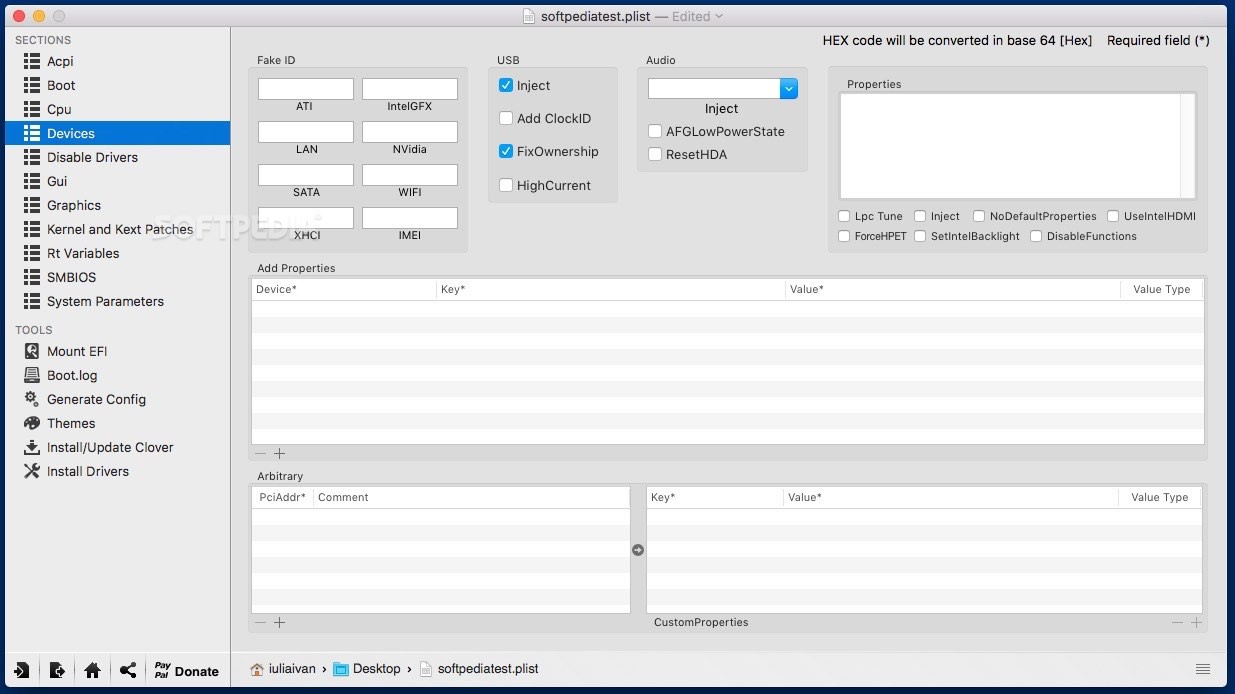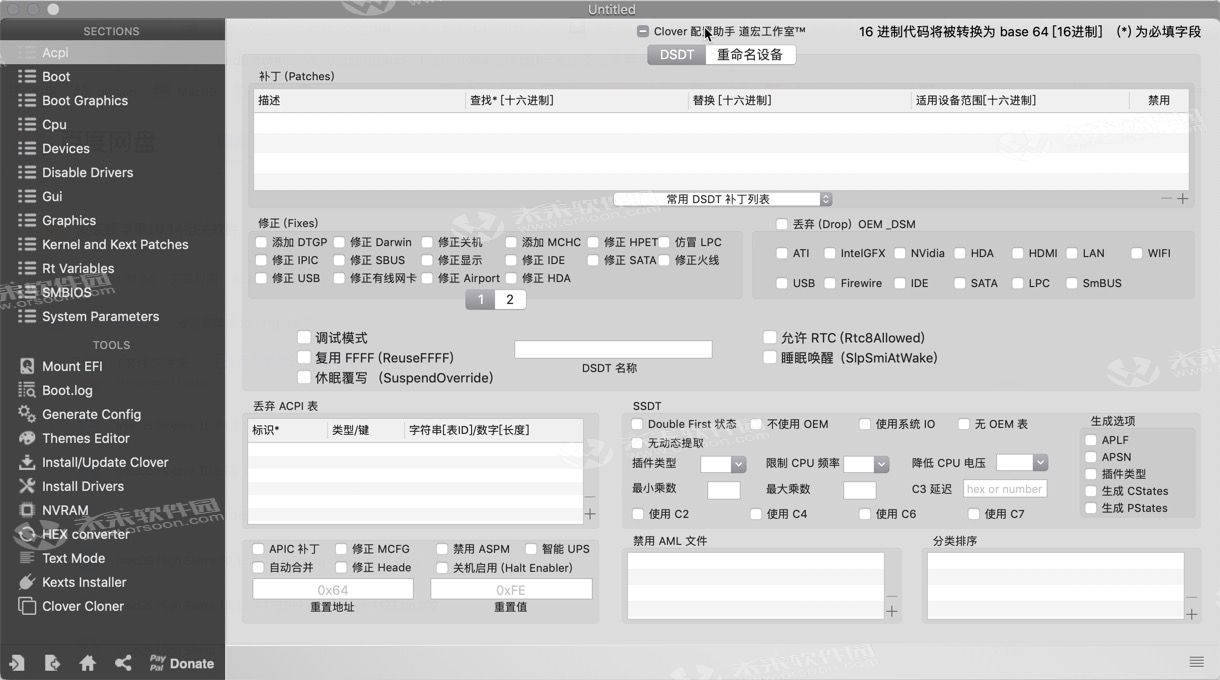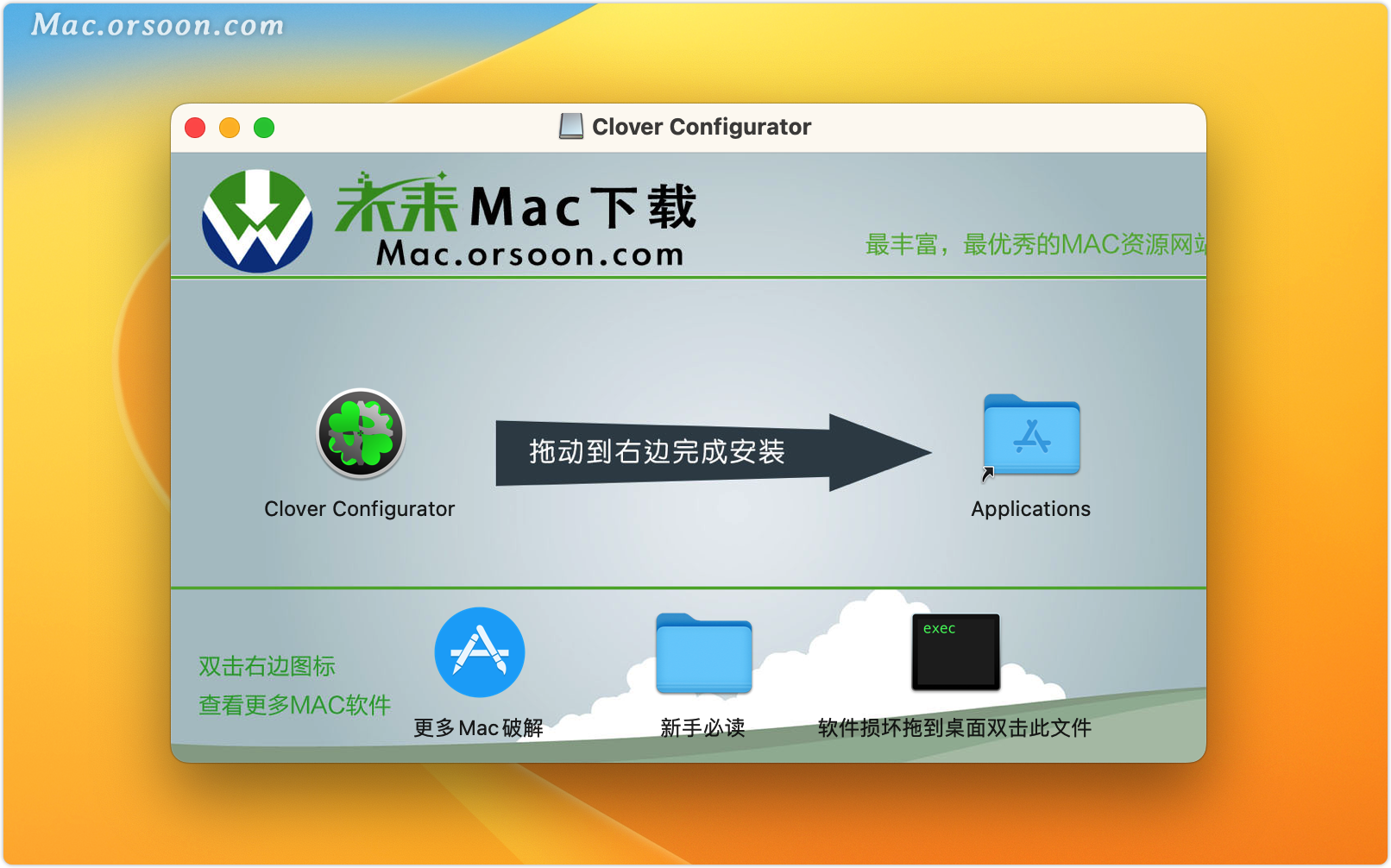
- Clover configurator on mac vmware install#
- Clover configurator on mac vmware driver#
- Clover configurator on mac vmware software#
- Clover configurator on mac vmware code#
- Clover configurator on mac vmware iso#
First, SSH into your Proxmox server so we can make some edits to the configuration files.Įdit /etc/pve/qemu-server/nf (with nano or vim). In the Hardware page for the VM, add a second DVD drive at IDE0, set it to use your Catalina-installer.iso.ĭon’t try to start the VM just yet. In the Options page for the VM, ensure that “use tablet for pointer” is set to “Yes”. Choose VMWare vmxnet3 for the network model.
Clover configurator on mac vmware driver#
Disable ballooning because there is no balloon driver available for macOS.
Clover configurator on mac vmware iso#
Clover configurator on mac vmware code#
Save the first block of C code from this page as smc_read.c. You can get around this by reading an authentication key out of your real Mac hardware (the OSK key). MacOS checks that it is running on real Mac hardware, and refuses to boot on third-party hardware. iso file extension, this is actually a hard disk image. We’ll be using Clover as a bootloader for Catalina.ĭownload this Clover disk image (that I built using kholia’s bu ild script from Clover r5107 on Fedora 27), unpack it, and upload it to Proxmox’s ISO store at /var/lib/vz/template/iso.


Building the offline installer requires you to have a Mac, here are the instructions. If you don’t have an Internet connection available to Catalina during installation you’ll need to build an offline installer instead. Upload the “ISO” to your Proxmox server’s ISO store (typically /var/lib/vz/template/iso). The result is actually a raw disk image, not a true ISO, but Proxmox has better tools for picking and re-using ISO images than disk images. Qemu-img convert BaseSystem.dmg -O raw Catalina-installer.iso # Or use qemu-img from the qemu-utils package to do it instead:
Clover configurator on mac vmware install#
Or like so if you’re building this on Linux: # Install the dmg2img package and.ĭmg2img BaseSystem.dmg Catalina-installer.iso Convert that dmg into an “iso” like so if you’re building this on macOS: hdiutil convert BaseSystem.dmg -format UDRW -o Catalina-installer.iso This results in a ~500MB “BaseSystem.dmg” file in the current directory.
Clover configurator on mac vmware software#
Older CPUs will cause the finder to repeatedly crash after installation completes (with an Illegal Instruction exception in the graphics code).Īpparently modern AMD CPUs also support SSE 4.2 and can be used with this guide without any modification (maybe Bulldozer and certainly Ryzen), but I haven’t tested this myself.ĭownload and run fetch-macOS.py in a terminal to download the Catalina recovery image from the Apple software distribution server (this can be run on Linux, Proxmox, or on a Mac): Your Proxmox host computer’s CPU must support SSE 4.2, so for Intel your CPU must be at least as new as Nehalem, which was the first CPU generation to bear the “Core” i5/i7 branding. You also need a real Mac available in order to fetch the OSK key. I’ll assume you already have Proxmox 6 installed. If you run into trouble, also check out the comment section of my previous tutorial on Mojave – these two versions are very similar so the problems and solutions are likely to be the same. There is more documentation there which will help out with enabling extra features and diagnosing problems! This tutorial for installing macOS Catalina has been adapted for Proxmox 6 from Kholia’s GitHub project for installing into vanilla KVM. I recommend using the new tutorial for all new builds I’ve now created a new tutorial that uses OpenCore instead of Clover, and it fixes a lot of problems.

Installing macOS 13 Ventura on Proxmox 7.2.Fixing Xcode on Monterey under OpenCore Legacy Patcher.


 0 kommentar(er)
0 kommentar(er)
